We have all heard about Moses, Mulan, Shakespeare, and Sun Tzu. These people have left behind strong legacies that will last for generations to come. However, recent researchers and historians have asked the question of whether these historical figures existed or not. With a lack of evidence, it seems that many of these figures were stories from folklore or simply imaginative. Do you think Robin Hood was real? See some historical figures who may not have existed in history and let us know what you think.
Mulan

Before Disney brought Mulan to the big screen, the warrior already was a legend in China. However, the famous tale of Mulan fighting in her father’s place might not be true. The book Chinese Shadow Theatre: History, Popular Religion, and Women Warriors suggests that Mulan was created and based on a female warrior named Wei Huhu. While the two have similar stories, there is no proof that Mulan was real.
King Arthur

From Monty Python and the Holy Grail to the many remakes of King Arthur, everyone seems to be familiar with the tale of King Arthur. However, historians have questioned the story and agree that many of the facts prove to be unreliable.
It seems like the story was based on a Roman military commander named Lucius Artorius Castus. Other historians suggest the tale is inspired by Riothamus, the king of the Britons during the fifth century.
William Shakespeare
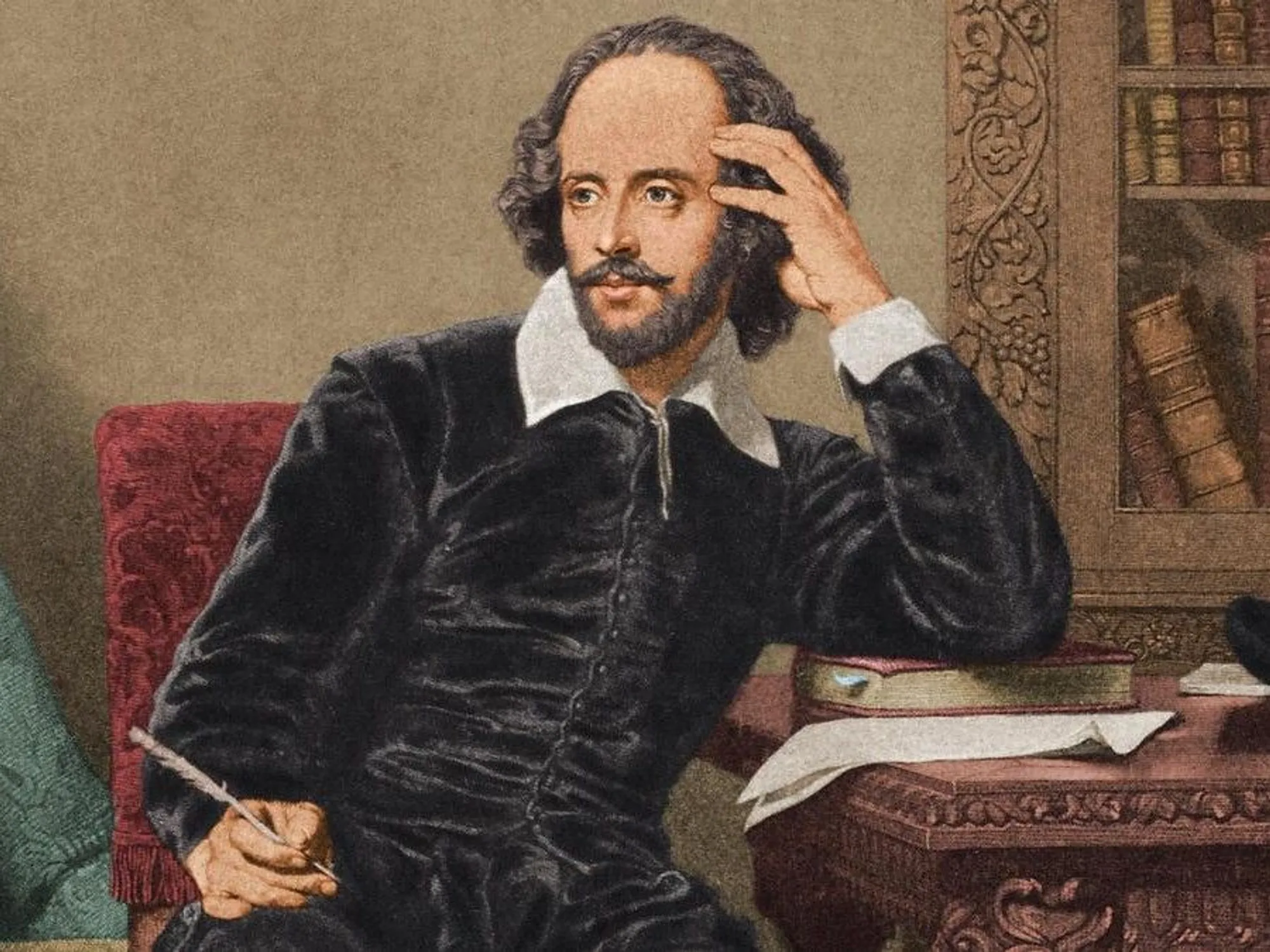
Many people question William Shakespeare’s legacy and the legitimacy of his work. Researchers believe Shakespeare wrote under a pen name, but some others still question his existence due to a lack of knowledge about his background. A theory uncovered by schoolteacher J. Thomas Looney posits that Shakespeare was a man named Edward de Vere. The theory suggests de Vere’s work was published after his death under the name William Shakespeare.
Robin Hood

Robin Hood’s story grew in popularity during the 13th and 14th centuries, but the tale was never confirmed as being truthful. During that period, many English outlaws referred to themselves as “Robin Hood” based on their sneaky activities. Others speculate that Robin Hood was based on the nobleman Fulk Fitz Warin. FitzWarin’s story was later published in the medieval tale Fouke le Fitz Waryn, where many similarities were discovered.
Confucius

Confucius was known as one of the wisest and most thoughtful philosophers in Chinese history. However, due to a lack of evidence, many scholars believe the philosopher to be nothing more than an imaginative figure. Lionel M. Jensen, the director of Chinese studies at the University of Colorado at Denver, believes that Jesuit missionaries created the philosopher during the 16th century.
William Tell
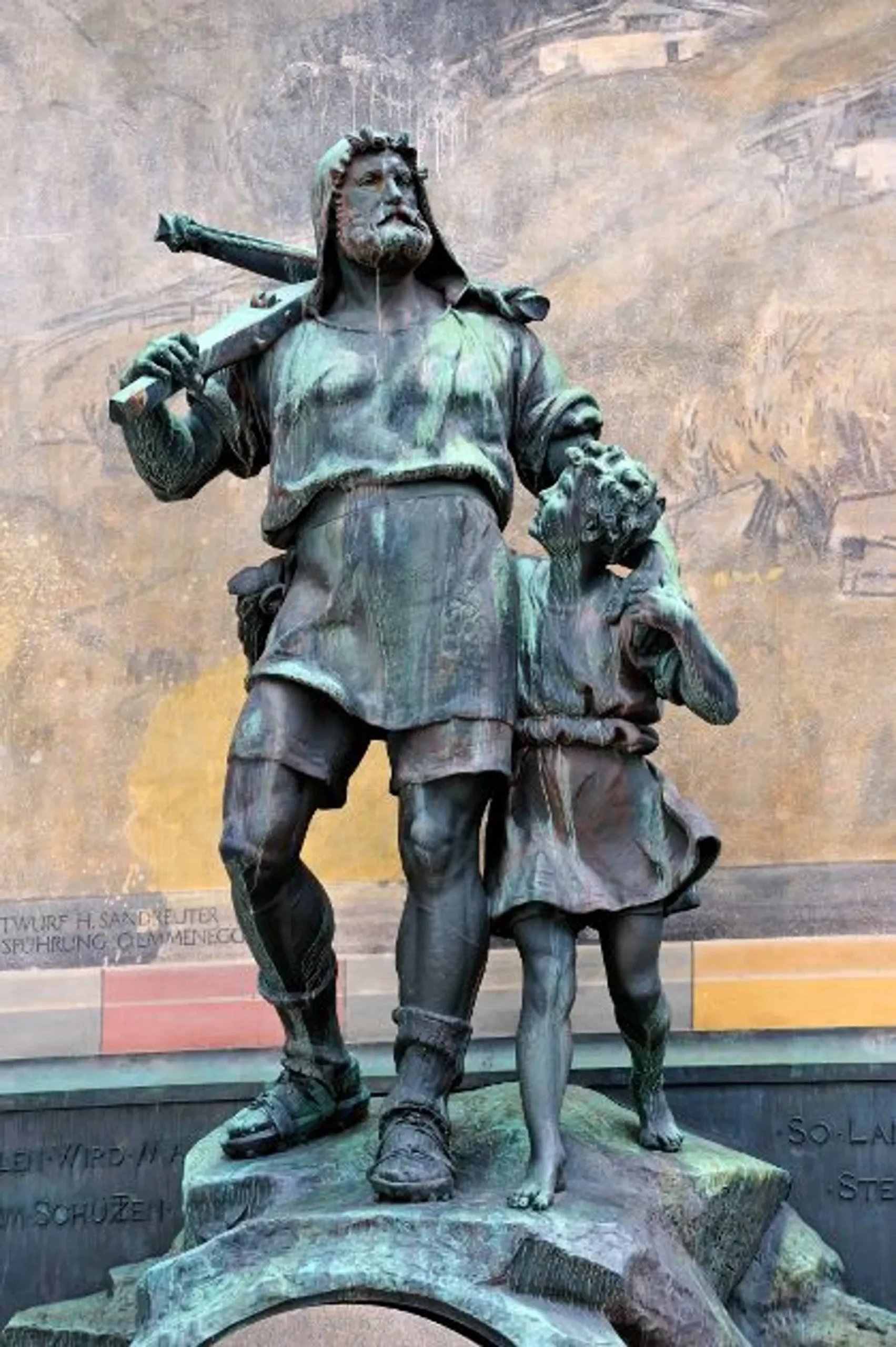
William Tell lived in Switzerland during the 14th century and was known to be a troublemaker. According to legend, an Austrian official placed a hat on top of a pole in Altdoft and made it a requirement for everyone to remove their hats as they passed the landmark.
Tell refused to follow the order and, as a result, was commanded to shoot an apple off his son’s head from 120 paces away. If he did not complete the task, Tell would face death. Tell chose to shoot the apple and — luckily — was successful. However, the story is very similar to a Viking folktale, leaving many people to believe that William Tell was a fictional character.
Sun Tzu
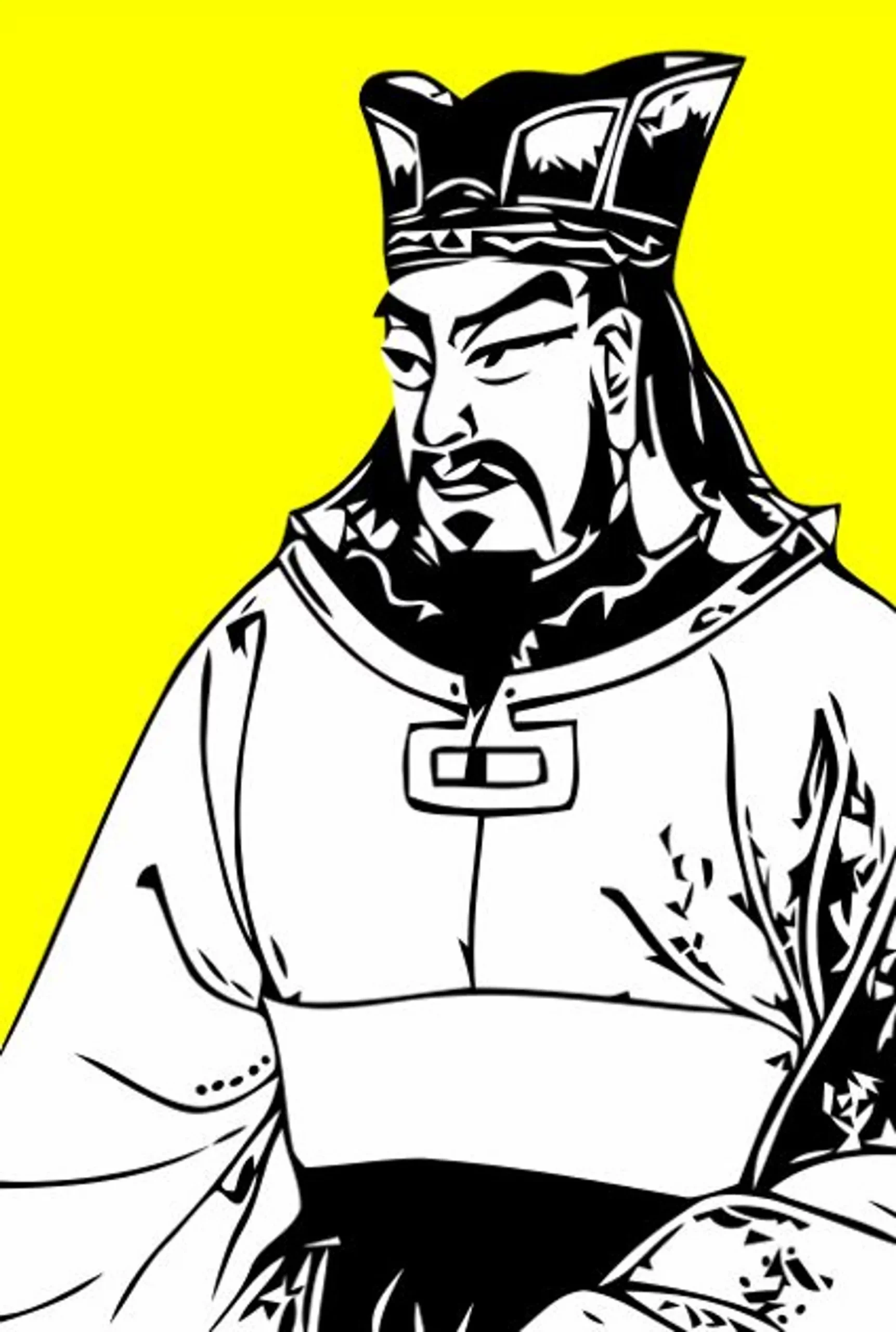
The ancient Chinese military leader often is credited with creating the guidebook to war. However, there is little evidence proving where his book, The Art of War, truly came from. Many individuals believe the book was a collection of military lessons from several generations, complied under the name Sun Tzu.
Homer
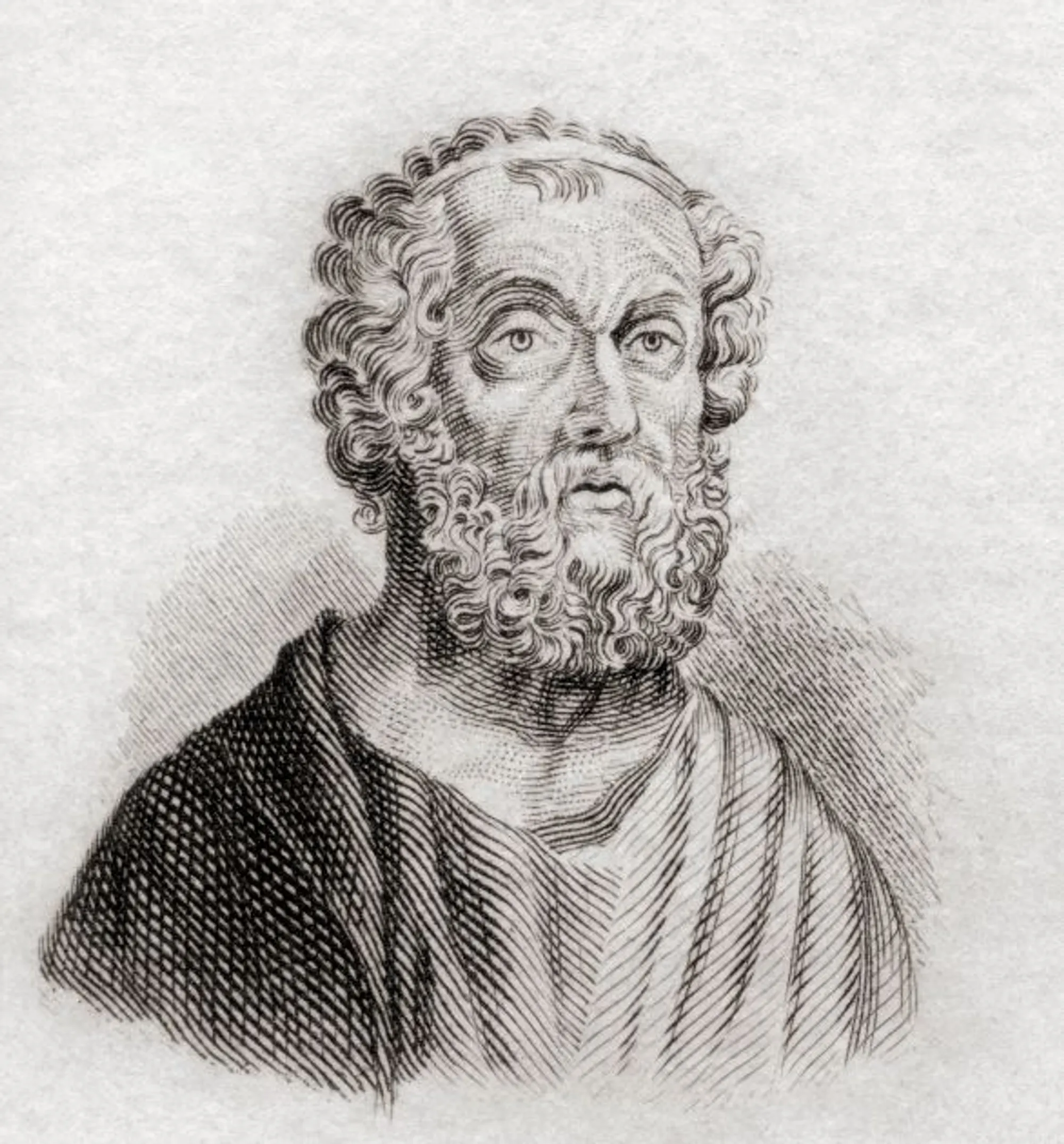
Homer was known as a great scholar, poet, and author. However, many people argue that the Greek poet was not the original author of The Iliad and The Odyssey. Homer was simply the first to write down the stories, giving himself credit for the work.
Many theories suggest Homer was a woman who was blind. Others believe that Homer was a group of Greek scholars rather than one single person.
John Henry
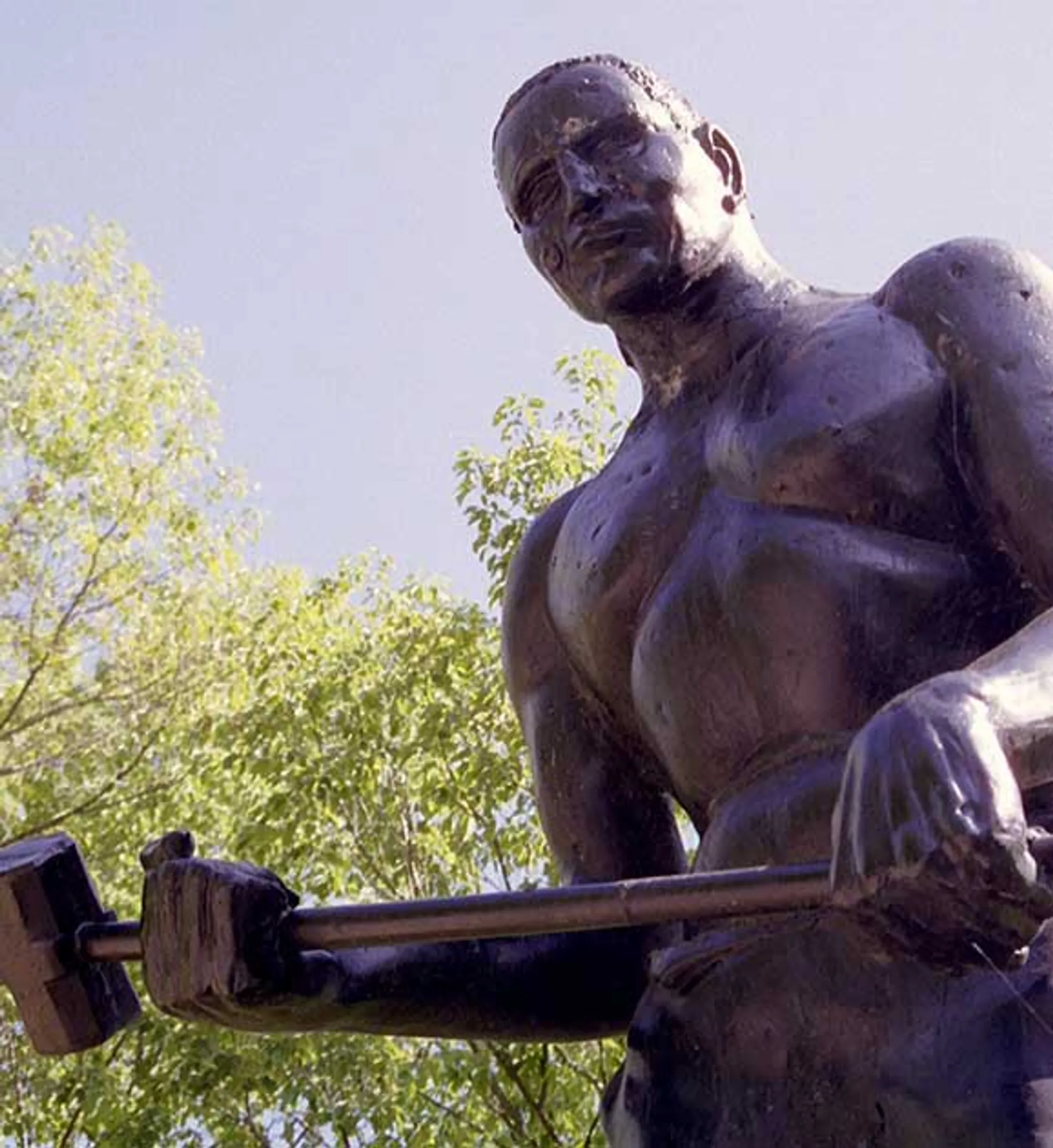
The legend of John Henry is told through the song, “Ballad of John Henry.” The tale shares a story about an ex-slave who challenged a steam drill to see who could work faster. Henry beat the steam drill yet died shortly after due to exhaustion.
While the story of Henry is compelling, the race might be fictional. Workers were not happy with the invention of the steam drill, which allowed the story to become very popular.
Kunta Kinte
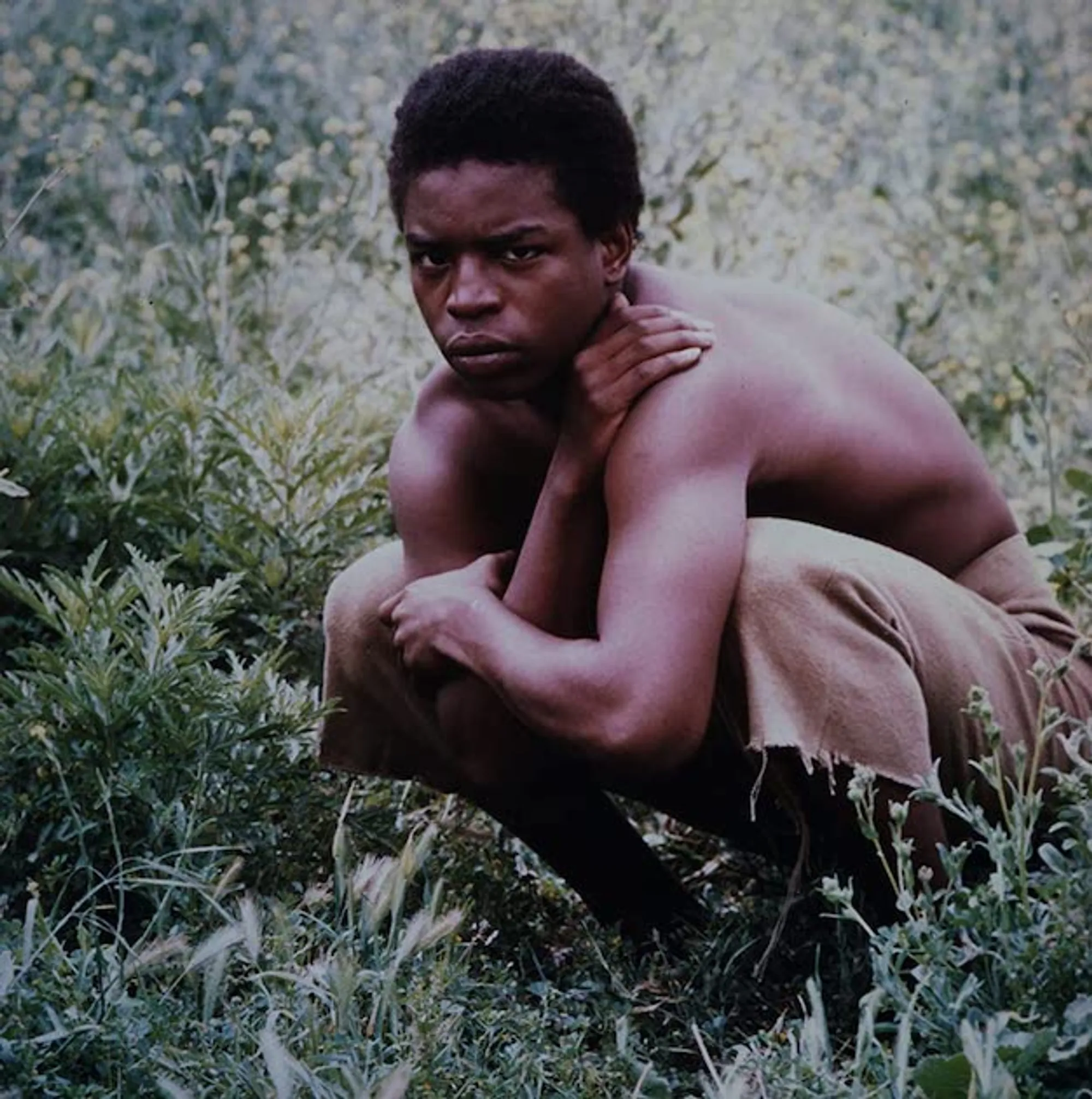
The story of Kunta Kinte was popularized in Alex Haley’s Pulitzer Prize-winning book Roots and its subsequent TV miniseries of the same name. Kinte’s story became so widespread that an island was named after him in the Gambia. While Kinte’s story may have had a strong impact on history, not all of the details appear to be true. Haley’s sources do not match up with history, leaving the story with several pretenses.
Helen of Troy
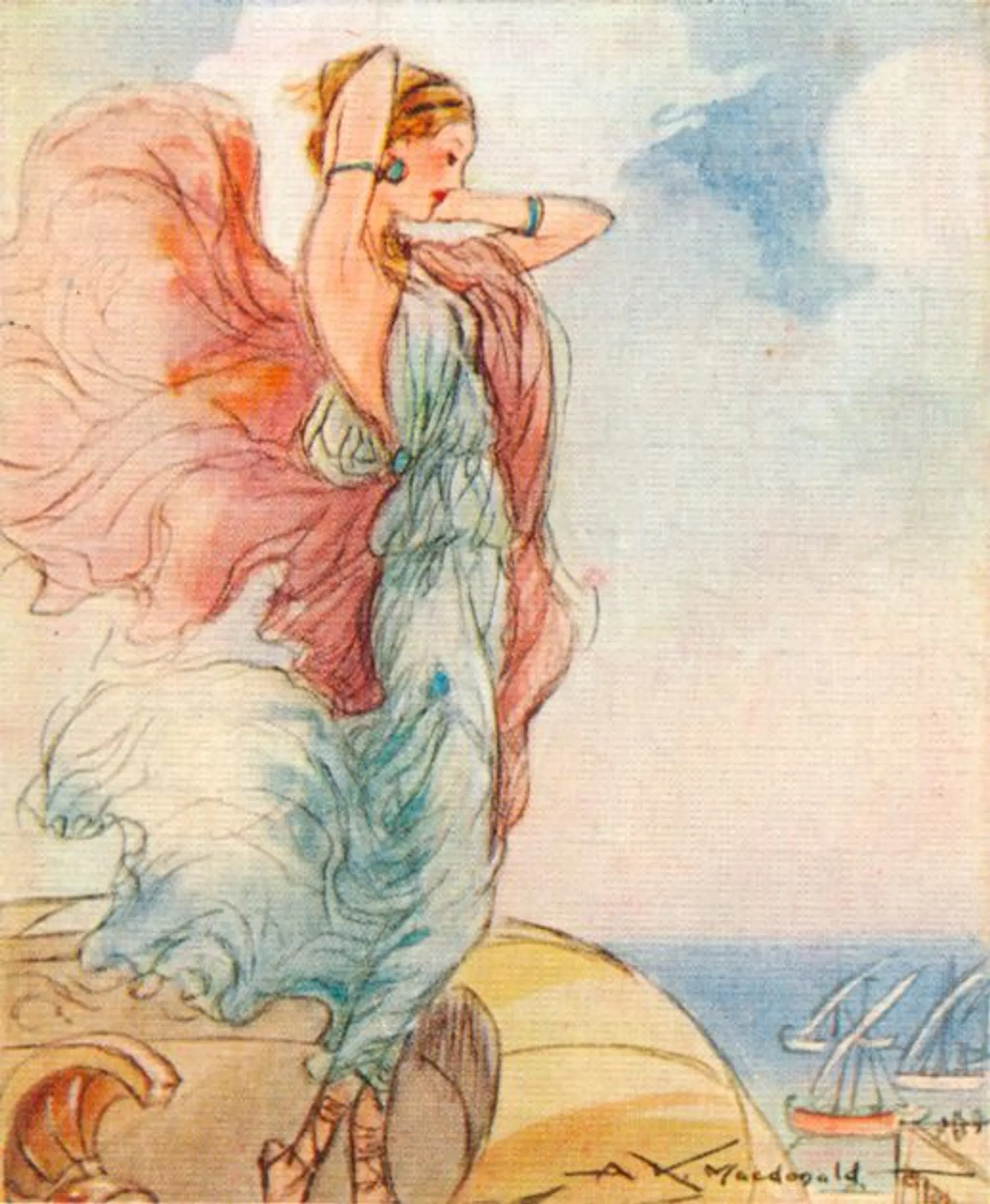
Helen of Troy was known as the most beautiful woman in the world and was the wife of the Greek King Menelaus in Homer’s The Iliad. However, historians have doubted Helen’s existence due to a lack of evidence. Many people simply believe that she was a mythological character added to the story.
Jesus

The answer to whether or not Jesus truly existed is different depending on who you ask. Many historians believe that the man responsible for the largest religion in the world was a real person, while others argue that the man was simply folklore.
Some reasons for attempting to discredit Jesus include a lack of eyewitness accounts, the vague writings of the New Testament, and the lack of secular evidence.
King Solomon
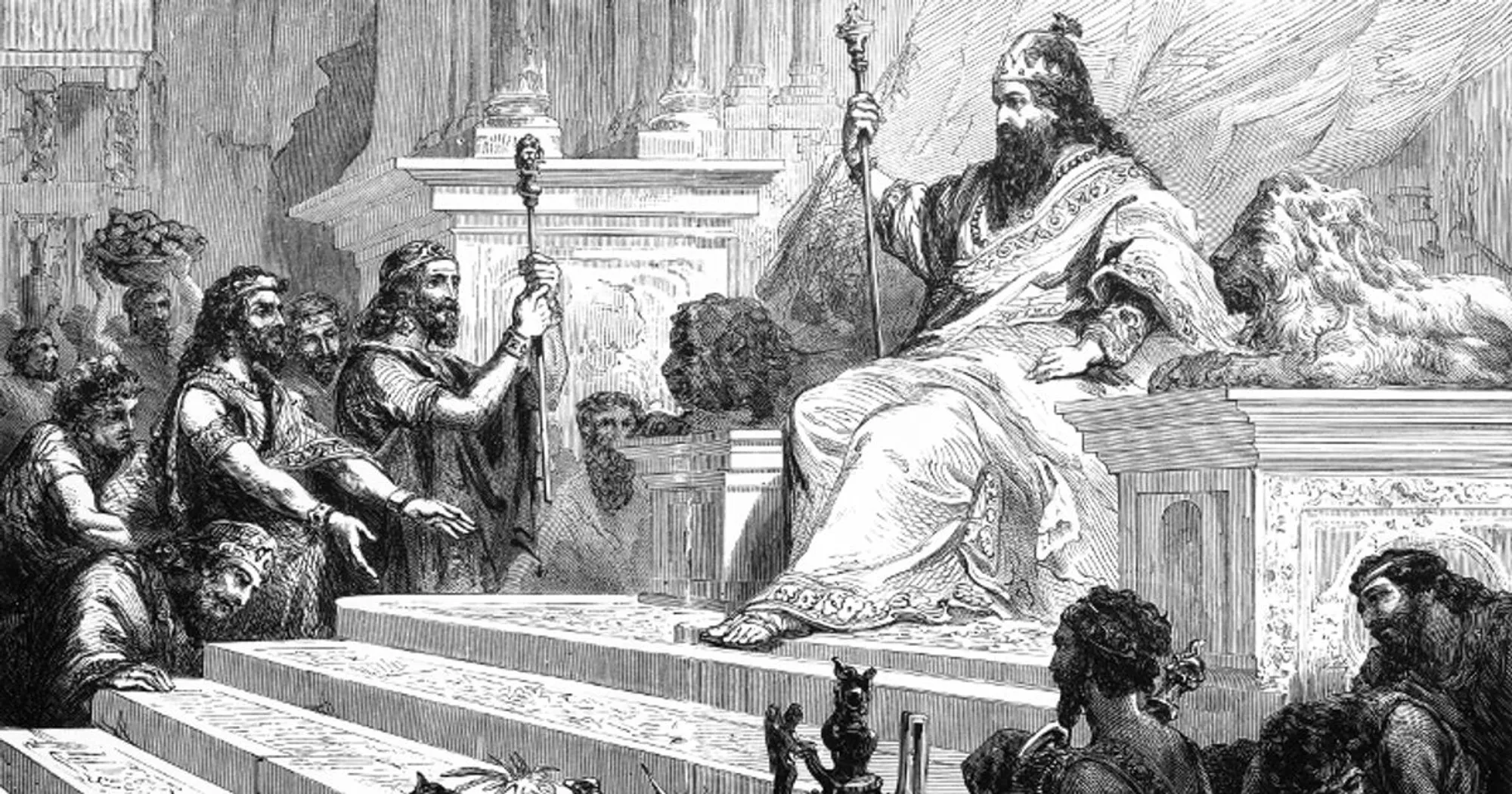
There is little evidence still present from King Solomon’s lifetime, allowing many people to be skeptical of his existence. King Solomon was supposedly the richest man in the world during his reign, yet no artifacts from his fortune have ever been found.
Midas
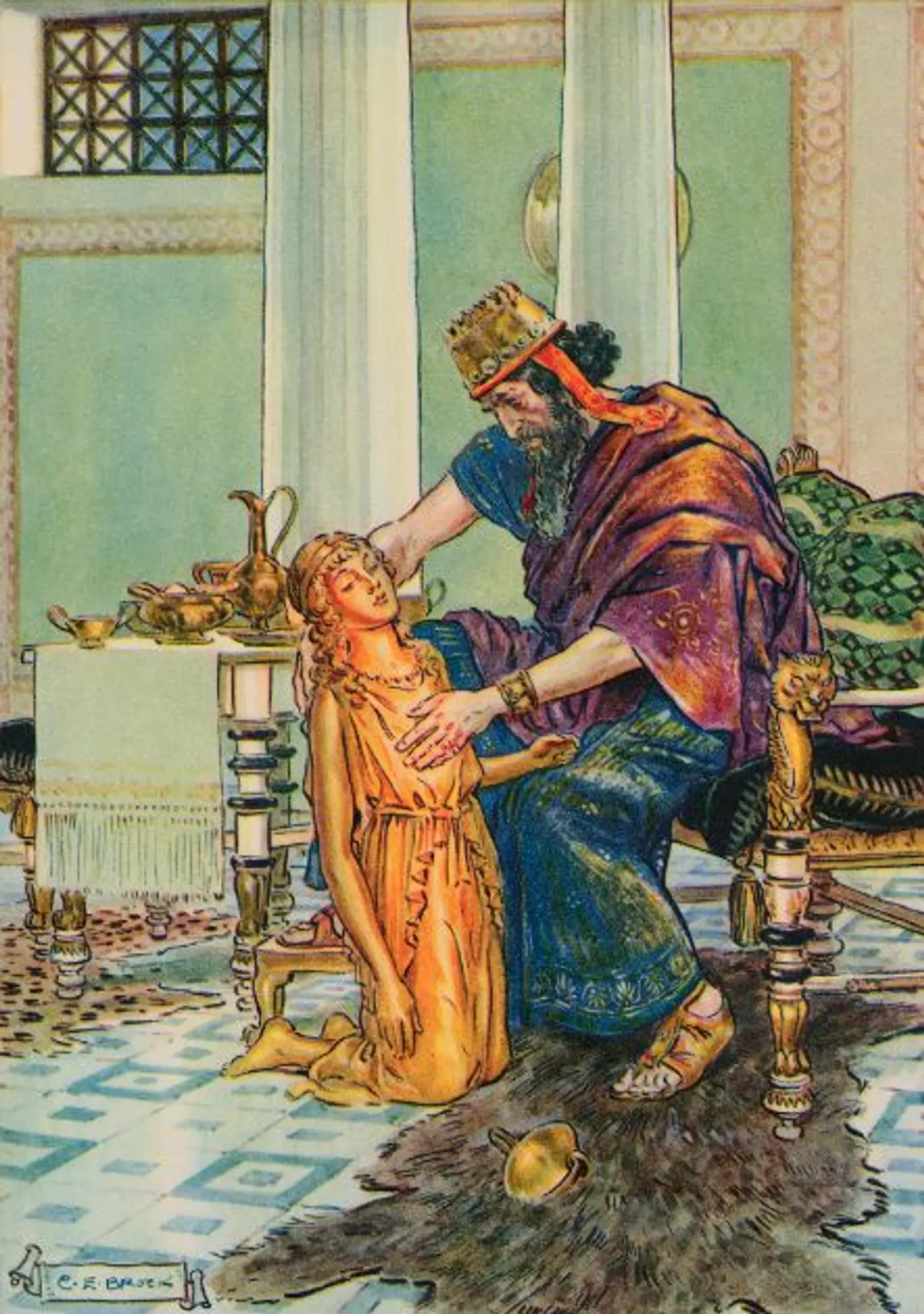
The expression, “the Midas touch” has a strong history, dating back to King Midas, a Greek mythological king who could turn items into gold with a single touch. While the tale is a staple in Greek mythology, there is no hard evidence that Midas existed. Historians have discovered an ornate burial site that dates back to the time Midas was alive, but have found no proof in the gravesite that Midas lived during that era.
Jack the Ripper
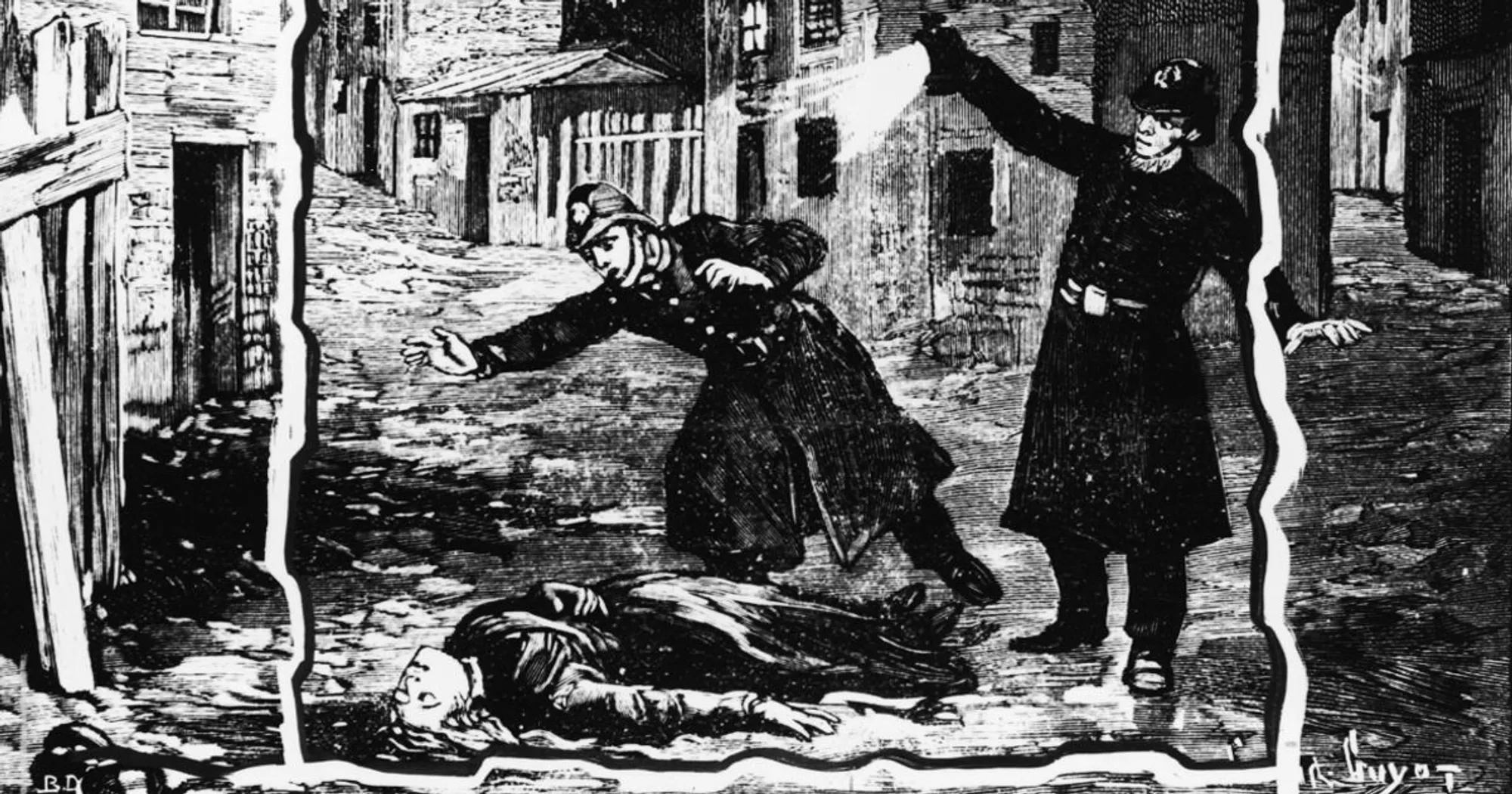
The legend of Jack the Ripper has been terrorizing minds since the 19th century. The London-based serial killer was known for killing prostitutes in the East End of London by ripping out their throats and stomachs. However, the identity of Jack the Ripper was never confirmed. Many journalists claimed to have a confession from the culprit, yet the stories were never confirmed and always turned out to be a hoax. The police were never able to find Jack the Ripper, making him a true man of mystery.
Odysseus
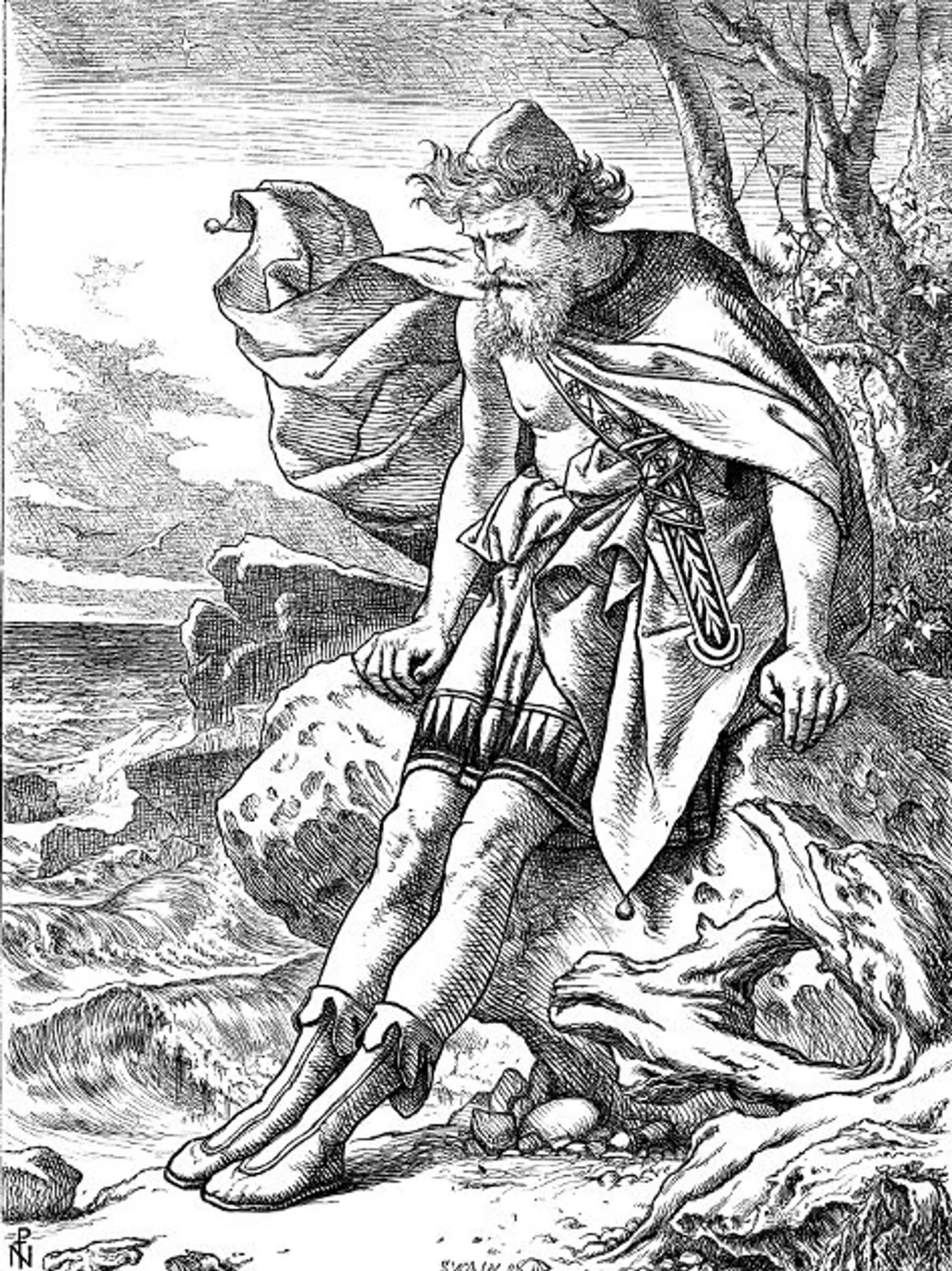
Odysseus was the main character in Homer’s epic poem, The Odyssey. Odysseus, also known as Ulysses, took 10 years to return home after the fall of Troy. Many question the legitimacy of his adventures, yet a recent archaeological discovery shows that his journey could be true. The archeologist found remains from a three-story building and a well from the 8th century BC, which match up with Odysseus and his lofty tale, suggesting that his adventures could be true.
Pythagoras

Meet Pythagoras, the man responsible for the Pythagorean Theorem. While Pythagoras is a staple in the mathematical world, many people discredit his existence. Historians do not have any proof that Pythagoras wrote anything down, making it hard to give him credit for his work. Historians also question his existence due to the period in which he supposedly worked, as not many people were working with celestial spheres until later on in the era.
Moses
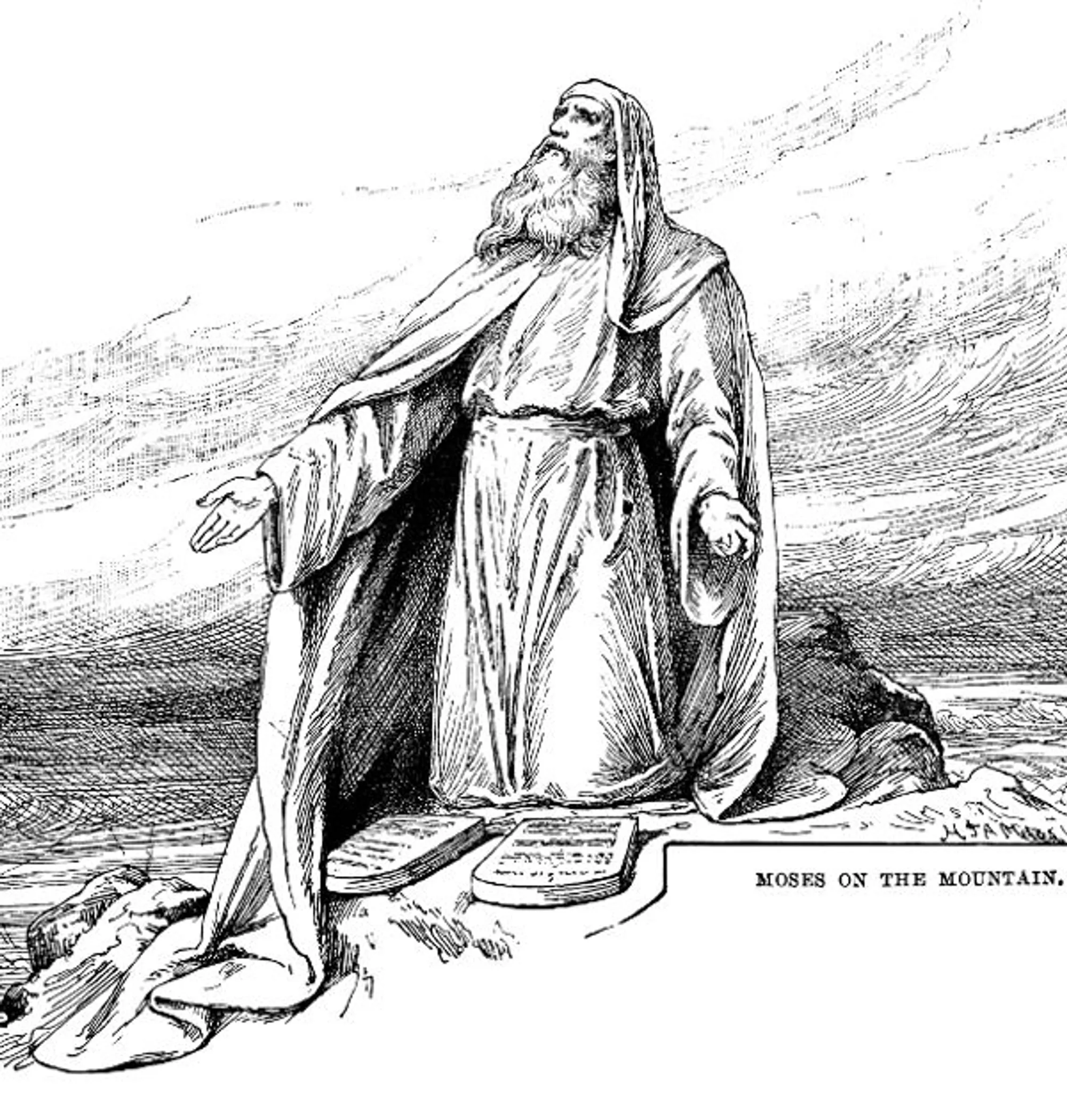
Outside of the Biblical world, there is little proof that Moses was a real figure. Historians have questioned his existence due to a vague timeframe and the extent of his actions. However, many scientists have corroborated the biblical figures’ actions, such as parting the Red Sea, with naturally occurring forces in nature.
Muhammad
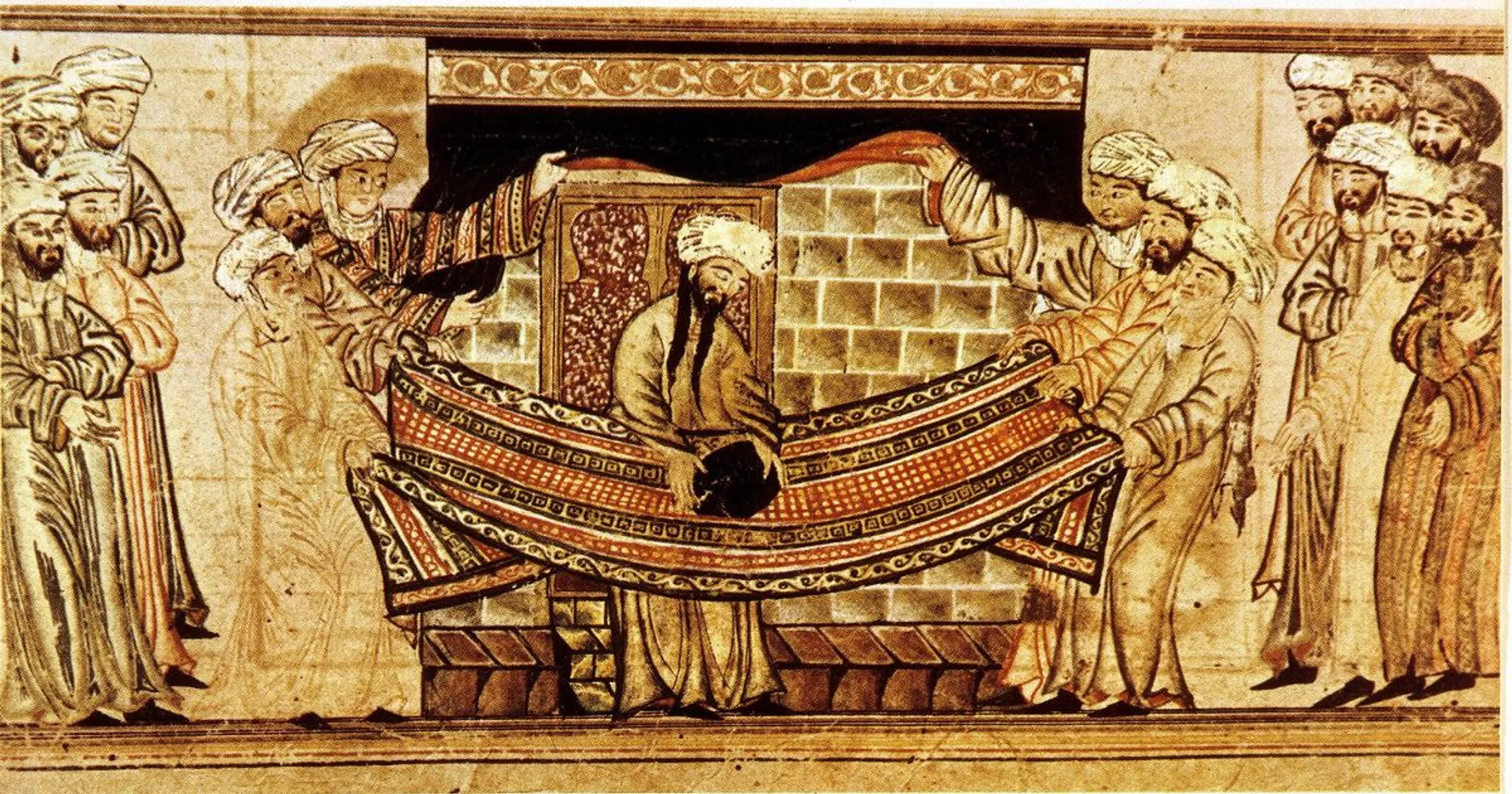
Not many have questioned the existence of Muhammad, as he often is called the most successful of all prophets and religious figures. However, many historians claim the prophet never existed due to a lack of hard evidence.
Carolyn Keene

Many young readers loved The Nancy Drew Series penned under Carolyn Keene. However, it was only a pen name. Multiple writers created the Nancy Drew stories. A man named Edward Stratemeyer hired various ghostwriters as a precaution to continue the series if he did not have enough time to do so.
Alan Smithee

Remember the Twilight Zone? It was popularly known to be directed by Alan Smithee, but the name was only a pseudonym. Twilight Zone’s episodes were crafted by several directors, many disliking the gesture of putting their names in the credits.
Donald Kaufman

In the film, Adaptation, Nicholas Cage played the role of Donald Kaufman, believed to be the brother of Charlie Kaufman. The film convinced the audience that screenwriter, Charlie, actually had a brother named Donald. Later, the truth was revealed – he was not real, only Charlie’s work of imagination.
Jim Crow
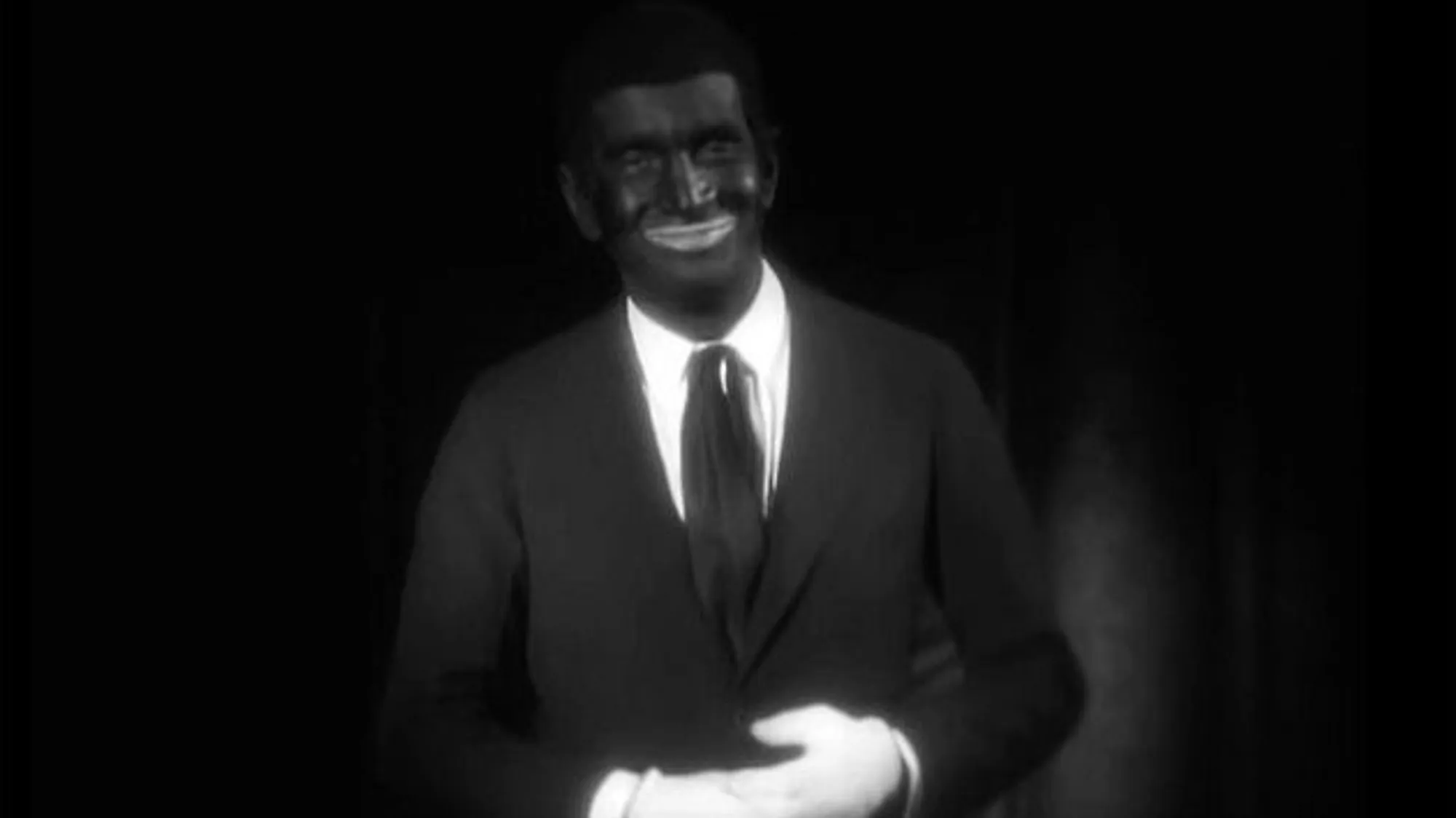
Jim Crow is a famous character made in theatre. This persona portrays a black male that would play in scenarios taunting the issues of discrimination. The man behind this monstrosity is none other than Thomas D. Rice, who was a caucasian.
John Doe and Jane Doe

We often hear John Doe, mentioned especially during a criminal investigation. However, John Doe is only a code name given to unidentified bodies during an investigation. Jane Doe, on the other hand, is named for unidentified female victims.
Betty Crocker

The Betty Crocker brand became famous when her exemplary recipes became staples in American households. Many had followed her image as the queen of the kitchen, the problem was, she was only a fictional character. Though this “First Lady of the Kitchen” is not real, she has inspired millions of aspiring cooks when it comes to serving exquisite cuisine.
Alfred Bull top Stormalong
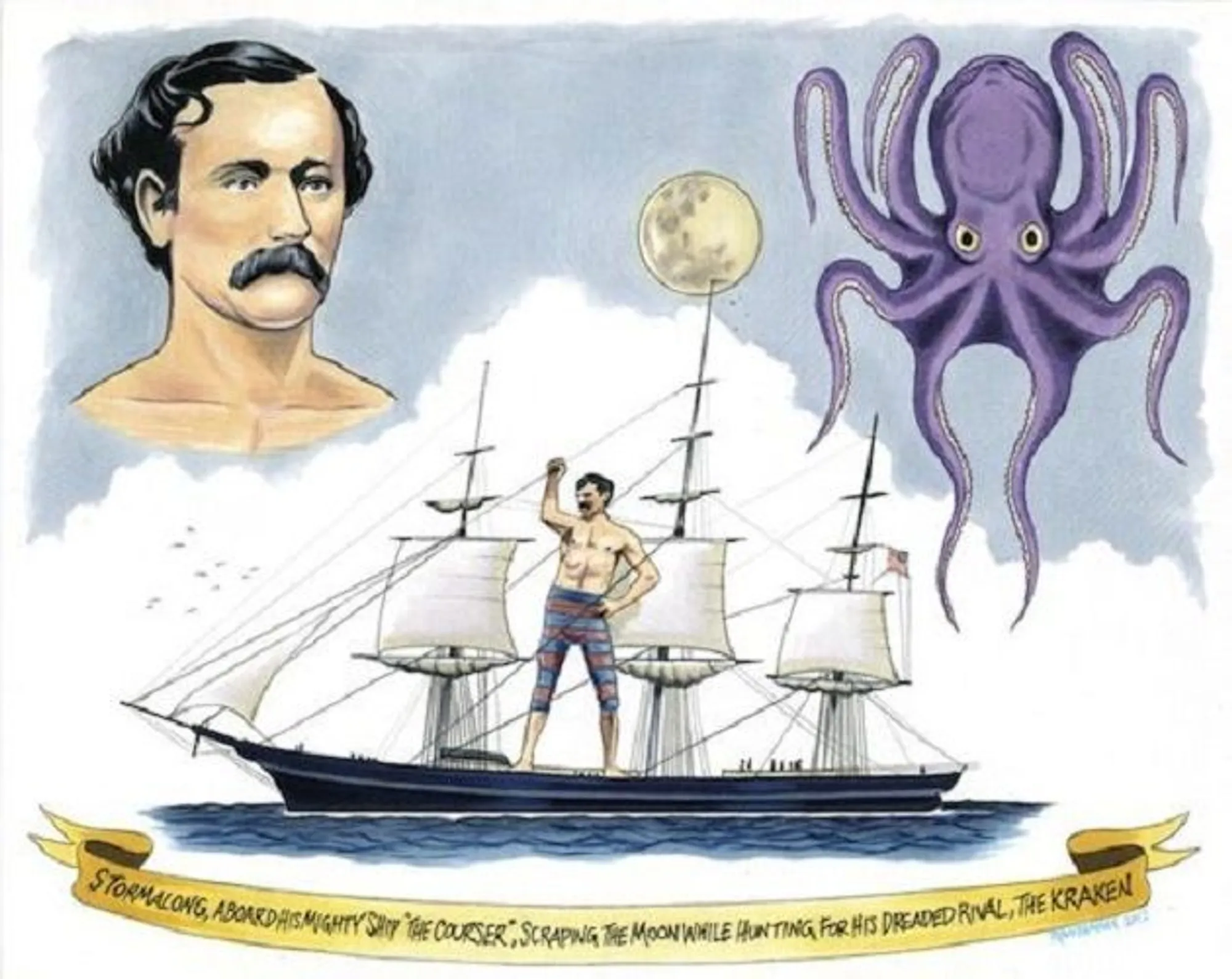
Another fictional character whose story tells of an American legend is Alfred Stormalong. Believed to be a hero in Massachusetts, Stormalong was also assumed to grow to a gigantic height, reaching nearly nineteen feet tall. He is said to be a sailor and is linked to various nautical-themed folklore.
James S.A. Corey

When authors collaborate in writing novels, it’s crucial to evenly distribute credits for the work. Sometimes, listing all contributing authors’ names just doesn’t do anyone justice. In the case of Daniel Abraham and Ty Franck, the pair had wittingly created the pseudonym James S.A Corey, the author of numerous books such as Star Wars: Honor Among Thieves, Leviathan Wakes, and others.
Jack Dawson

If you’ve seen James Cameron’s masterpiece – Titanic, you might question if the film is based on real-life events. However (and sadly), the character of Jack Dawson is only a work of fiction. Unlike Rose, we’ll never let go, Jack.
Sherlock Holmes

Sherlock Holmes is well-loved by readers, who believe that was once a real-life detective. The author Sir Arthur Conan Doyle, however, actually based the stories and identity of Sherlock on a British surgeon named Joseph Bell. What an unexpected twist!
Zorro
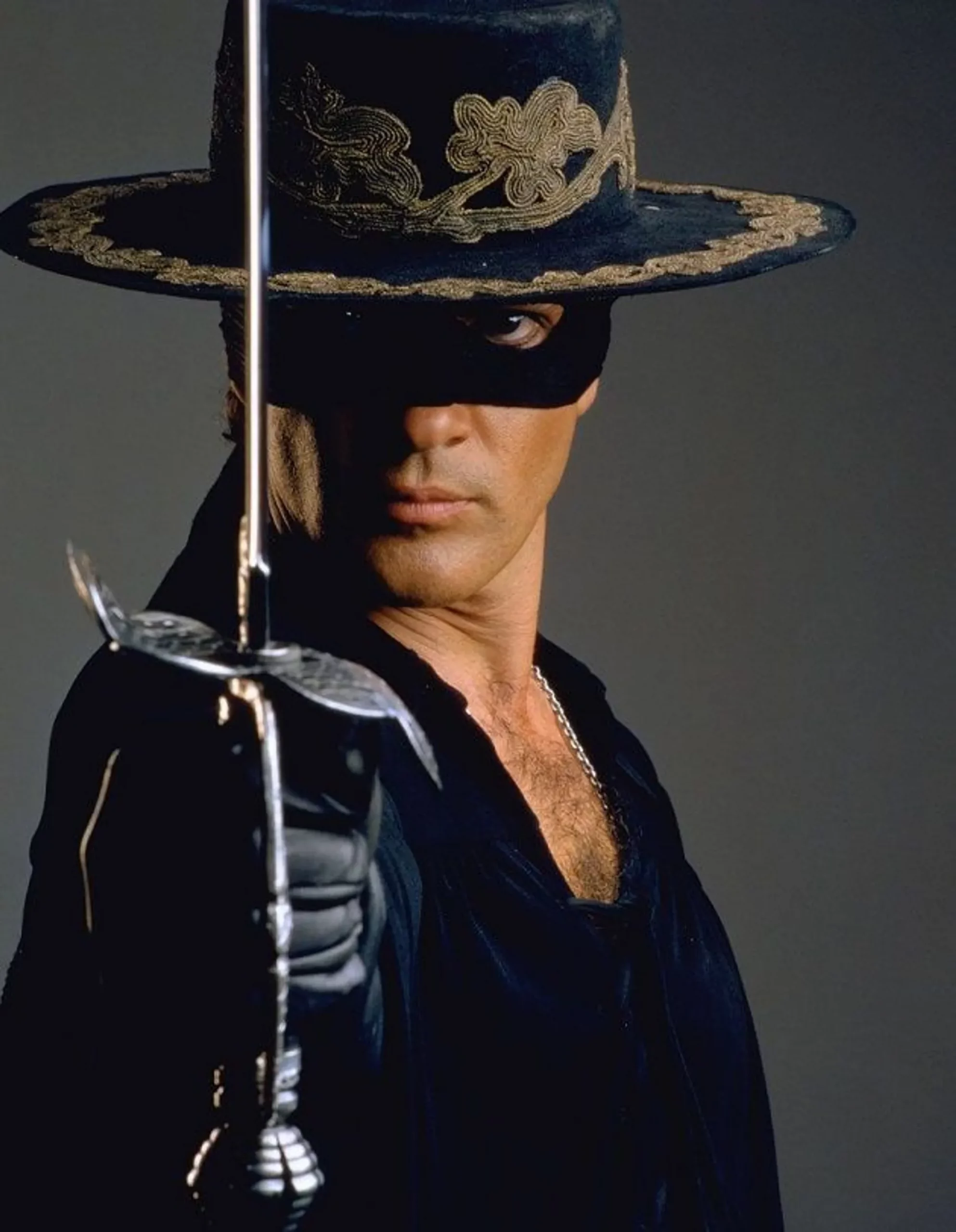
Another famous hero who turned out to be completely fictitious – is Zorro – the renowned swordsman in a black mask riding a black horse. Zorro might tell of legends passed down in history, but he was a legend, one created by Johnston McCulley. That being said, Zorro was inspired by a real thief from the 19th century, Joaquin Murrieta.
Ichabod Crane
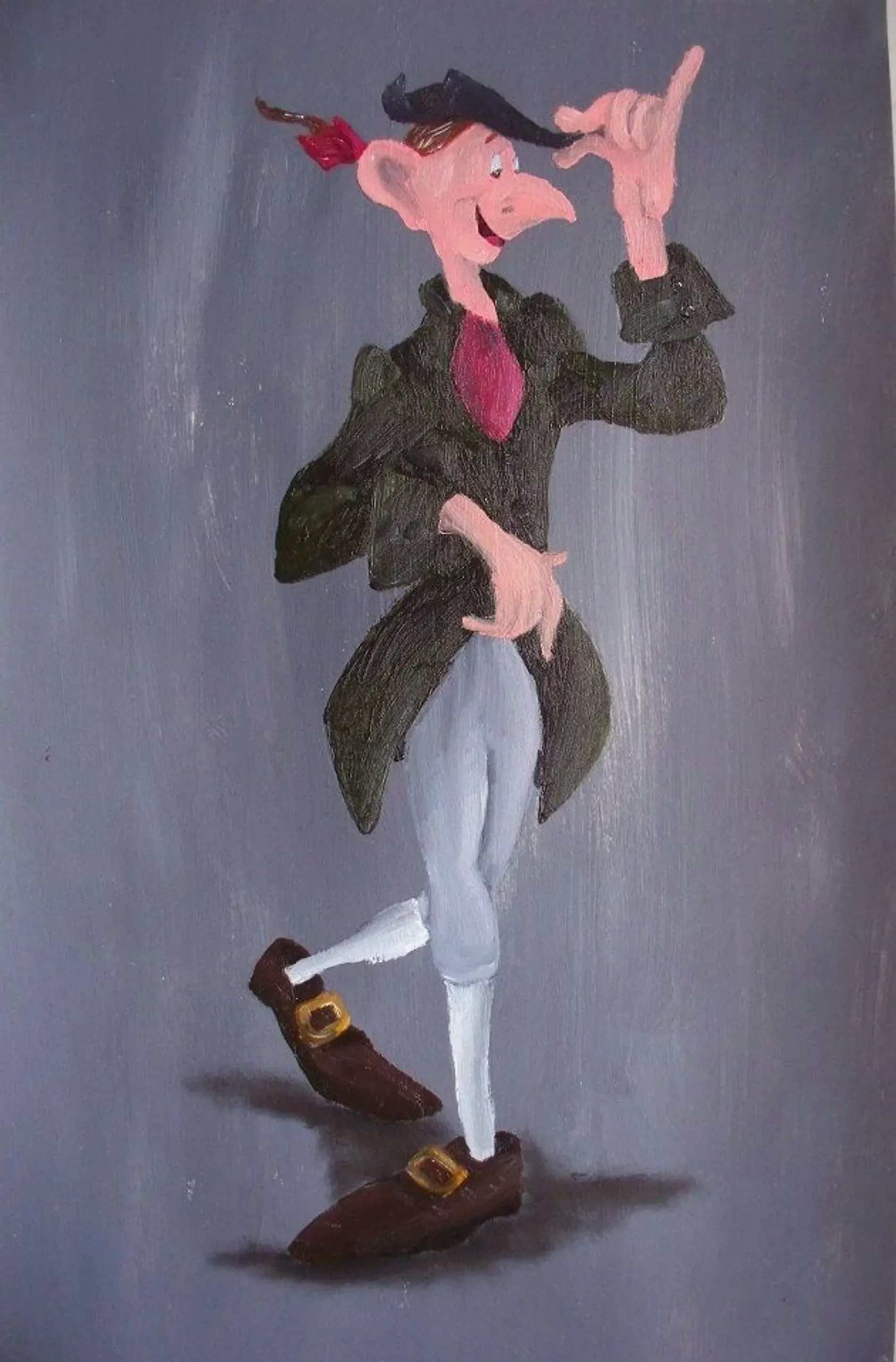
The Legend of Sleepy Hollow is well known for its character Washington Irving. This short story would also tell the tale of a man named Ichabod Crane. He was believed to be a hero in the old days, alongside Irving. However, Ichabod was only a fictional character, just like Irving.
Sybil Ludington

Among the American Revolution’s stories of heroism is a 16-year-old girl, Sybil Ludington. Her story reflects the bravery of a woman who played a significant role in the American Revolution against the British empire. It was the women’s organization, Daughters of the American Revolutionary, that later discovered that the stories behind Sybil’s heroism did not occur.
Ann Taylor

Who would have thought that the popular female clothing brand was created by a guy named Richard Liebeskind? Quite frankly, Ann Taylor is just a title given for a clothing brand. It is also a fancy way to represent the classic New England style.
Uncle Ben

Uncle Ben is famous for being the face of a beloved American food company, Uncle Bens’s. We hate to say it, though, the guy pictured in the packaging goes by the real name of Frank Brown, a respected rice grower, and restaurant manager. You may be wondering how he became the face of the brand? Well, it just so happened that he is a friend of Gordon L. Harwell, the president of the food company.
Juan Valdez

Juan Valdez is another name associated with a popular brand of coffee. Everyone assumes this iconic man is the owner. In reality, it’s merely an illustration created by Doyle Dane Bernbach. The name, however, suggests the coffee beans’ nation of origin, Colombia.
Piotr Zak

BBC Third Programme was a popular channel in 1961 that would broadcast classical music compositions. At that time, one of the most listened-to musical pieces was believed to be created by Piotr Zak, a polish composer. It was enjoyed by many as it presented a funny tune. However, the pieces were originally made by BBC producers Susan Bradshaw and Hans Keller.
JT Leroy

A fake author coined as JT Leroy of The Heart is Deceitful Above all Things, a 1990 semi-autobiography, was meant to tell her story in this book co-authored by Laura Albert. It was later revealed that Leroy does not exist and that she was only Laura’s creation. Laura’s sister-in-law, Savannah Knoop, was the one who posed as Leroy.
Mavis Beacon

In the 1980s, a popular educational material taught skills in typing had a voice-over named Mavis Beacon. She seemed like a personable teacher. In reality, she was only an artificial lecturer created by computers.
Nat Tate

William Boyd is a Scottish writer who wrote 1998, a biography about Nat Tate. It discussed his experiences and struggles as an artist as well as his art-works, which he left after taking his own life. Celebrating the launching of the book were famous artists who were invited to a party that was hosted by David Bowie. Later that day, the whole book was revealed as a deception to only greet everyone, April Fools!